The Chinese Money Plant is an extremely popular houseplant with coin shaped green leaves. This plant is fairly easy to care for making it a great option for beginners.
This plant is also referred to as Pilea Peperomiodes. It grows naturally in China along the base of the Himalayan mountains.
The chinese money plant naturally attaches itself onto boulders and stones in the forest. It grows in a temperate and mild environment.
The chinese money plant earned its name from its large coin shaped leaves. Often thought to bring good luck, fortune, and money to those who owned it.
This made it a great plant for housewarming and sharing with friends and family.
Like the friendship plant (also in the Pilea family) this plant will do great with medium to bright indirect light. Dappled daylight is a great option for this plant.
The coin shaped leaves are delicate and will get sunburned if kept in direct sunlight.
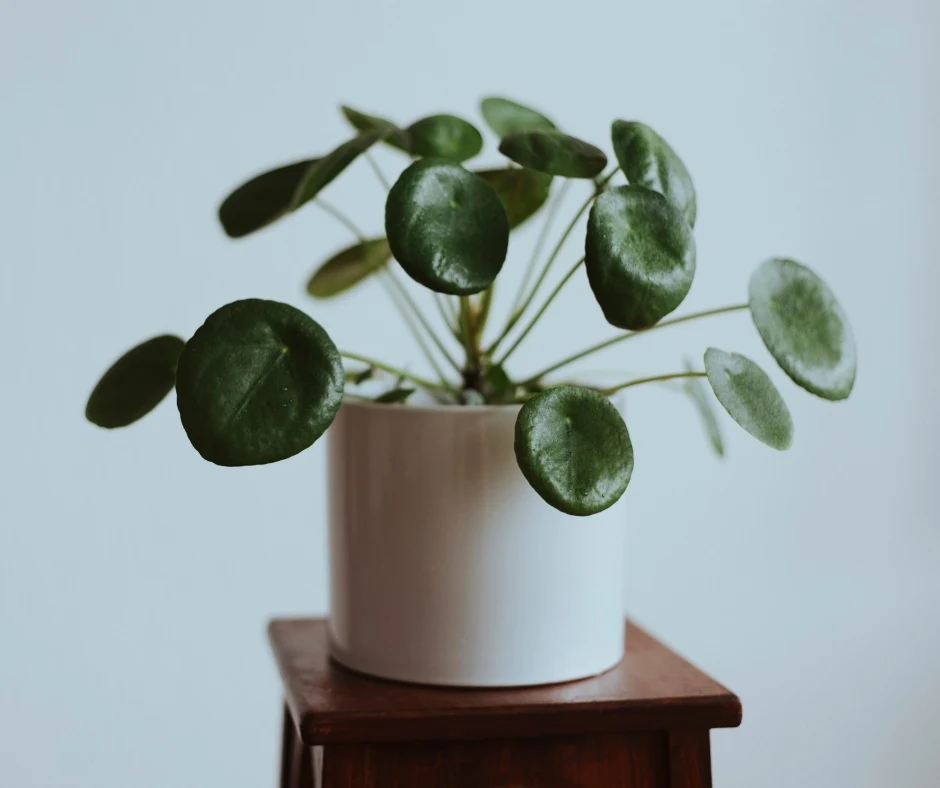
You can keep your pilea peperomiode in a lower light area. However, you may risk growing a leggy looking spindly houseplant.
To keep this plant bushy and beautiful, keep it in a brighter lit area and rotate the plant for even growth. I like to turn my plants a quarter turn when I’m watering them. This seems to help with the growth pattern and avoid leggy plants.
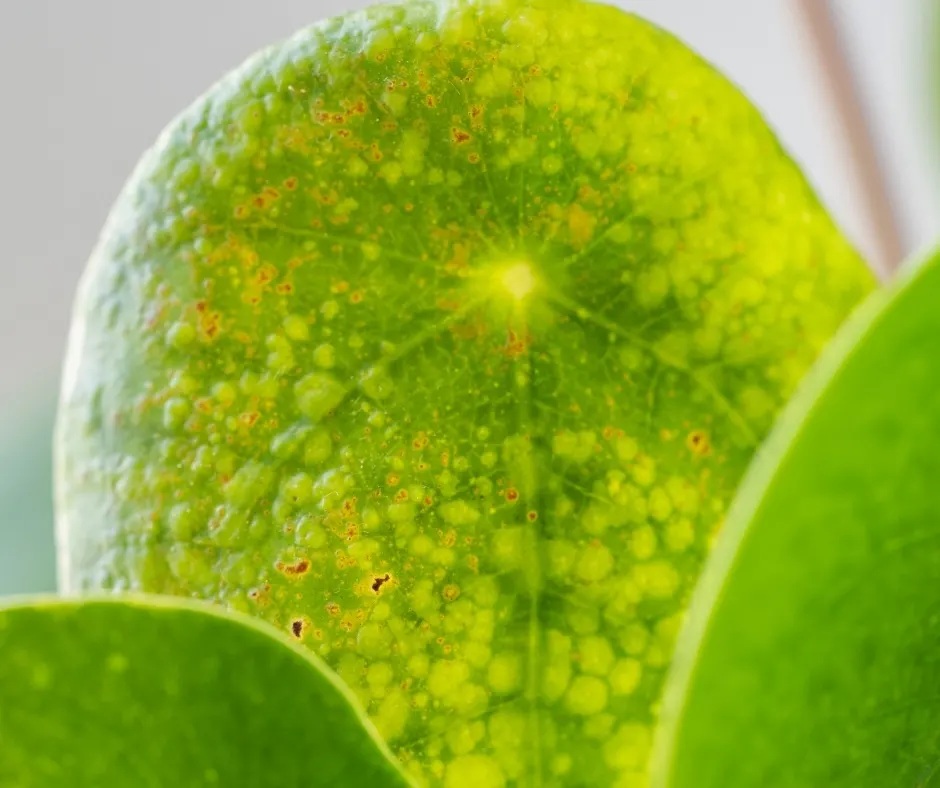
You don’t need to fret about providing extra humidity for this plant. Most household humidity and temperature levels will be just fine for the money plant.
However, if your plant is getting brown patches on the tips or sides of the leaves it’s possible the air is too dry. This often happens when plants are located too close to heat registers or baseboards.
Purchase Chinese Money Plant on Etsy
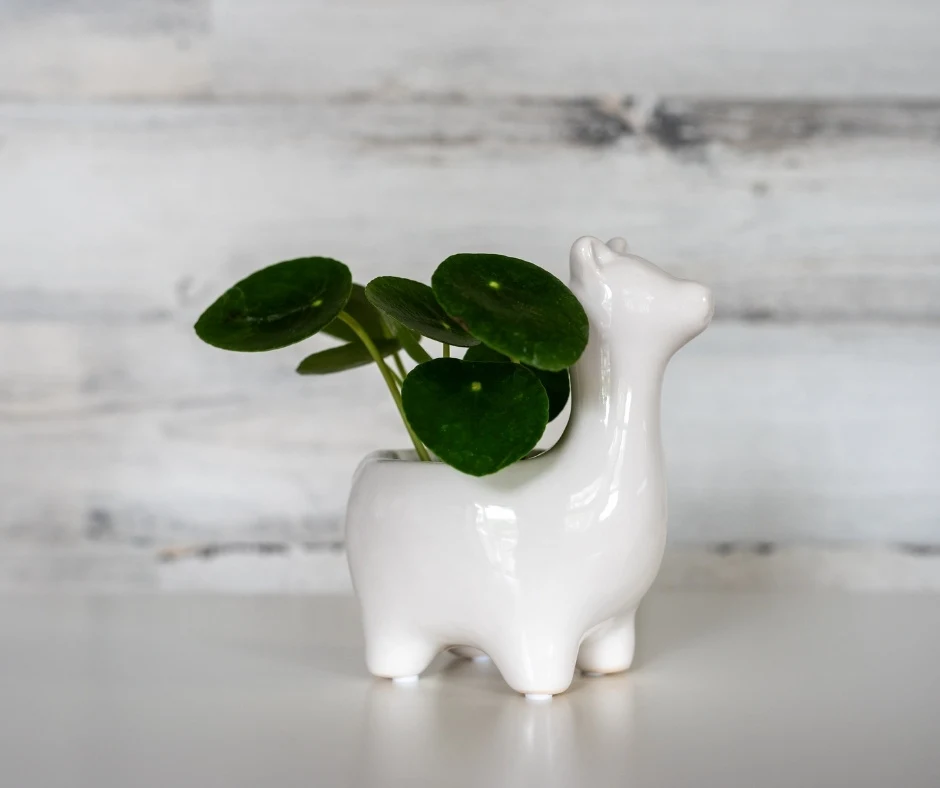
We have compiled all the care tips for this plant into a printable care guide. Read the care guide to learn how to keep your plant happy and healthy.
Chinese Money Plant Care Guide
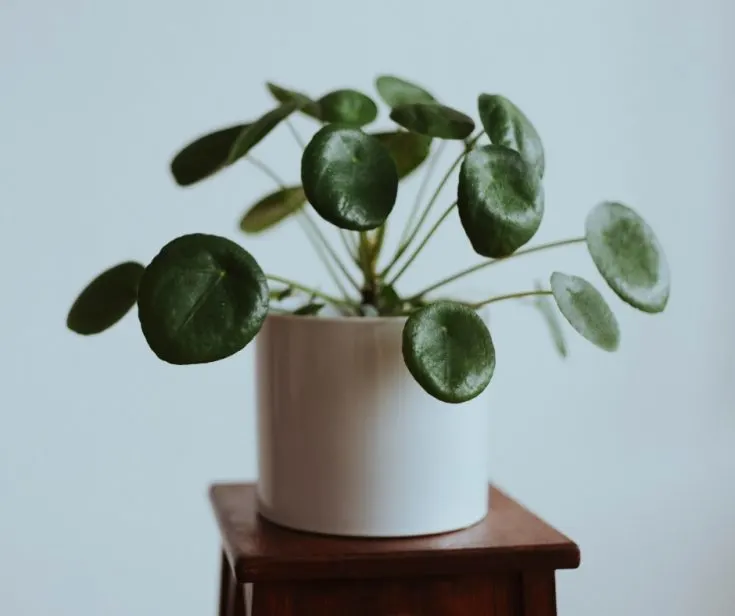
The Chinese Money Plant grows in a little bush pattern with large coin shaped green leaves.
This plant was believed to bring good luck, fortune, and money to those who own it.
This Care Guide will teach you how to keep this plant happy all through the year.
Materials
Tools
Instructions
Soil Preference:
- This plant requires a quick draining soil.
- A mix of potting soil and perlite will keep the roots happiest.
- Two parts potting soil to one part perlite.
- A heavy soil potting mix is not recommended for these plants.
Pot Size and Type:
- The chinese money plant can grow in a regular pot.
- This plant grows quite quickly and may need to be repotted once a year
- If you want to encourage faster growth choose a pot about 2 inches wider in diameter than the current pot.
- Any well drained pot can be used. It MUST have drainage.
- Repot every year or when roots come out the drainage holes on the pot bottom To the next pot size up.
- Don't jump to a huge pot from a small one unless you wish to encourage faster growth. Just go to the next size up pot.
Lighting:
- The pilea peperomiode plant enjoys bright indirect or dappled light.
It will tolerate lower indirect light it if has some brighter moments in the day. - Some filtered sunlight from a window will be appreciated.
- Shield this plant from strong direct light in summer south and west sunny windows. The leaves will get scorched.
- This plant can become leggy if grown in low light areas
- Tip: Window sheers or blinds can offset some brief periods of high direct light.
Watering:
- Water your plant when the soil is dry. Try a watering schedule of every other week.
- Watering is best done on a regular schedule so the plant is not over or under watered. Both can cause stress on the plant.
- In dry climates this plant will thrive with a humidifier nearby. OR use a pebble tray under the pot filled half way with water.
- In dormant winter months reduce watering to when the soil is dry.
- Never let this plant get wet feet. Water when the top 2 inches of soil are dry. If the soil is compacted the bottom of the soil can remain wet which encourages root rot and fungus gnats.
How to Fertilize:
- Apply a good quality fertilizer (linked in materials) monthly through Spring and summer.
- Decrease feedings by late Fall and allow the plant to rest through the winter months.
Temperature:
- Keep the plant at a low of 65 Degrees F. to upward of 85 Degrees F. It enjoys warmth and humidity.
Pruning and Training:
- Pruning will give you a fuller plant with more even growth. But it's not necessary with the pilea plant unless you want to shape it.
- Sharp Hand pruners are preferred for pruning. They will give a clean cut that will heal quickly.
Table Top Plants:
- It’s easy to prune and shape these plants to whatever length and fullness you desire.
- If your plant becomes leggy, just prune the top to create a bushy structure
Pests:
- This plant is not fussy and resists pests. However all plants can get attacked by pests.
- Stress by longterm overwatering, poor light, extreme temperatures and soil conditions are contributors to plant stress..
- Spider mites, mealy bugs, scale, thrips and whitefly are the most common houseplant pests you will see.
- Read our post on How to get rid of aphids and other pests with our homemade pesticide soap recipe or neems oil.
- To minimize the possibility of pests be sure to check all nursery plants before bringing them home.
- Quarantine all new plants until you are sure no pests live in them.
How to Propagate:
- This plant propagates easily and is even nicknamed the "Sharing Plant"
- This pilea plant will grow offshoots and new plants along the root system and nodes
- When the offshoot is a couple of inches tall, it can be seperated from the mother plant
- Use a clean sharp knife or pruning shears to seperate the baby plant from the mother plant
- You can plant these offshoots immediately into moist soil with a similar substrate as the mother plant.
Notes
This plant is non toxic to both pets and children
Other Non-Toxic Plant Favorites:
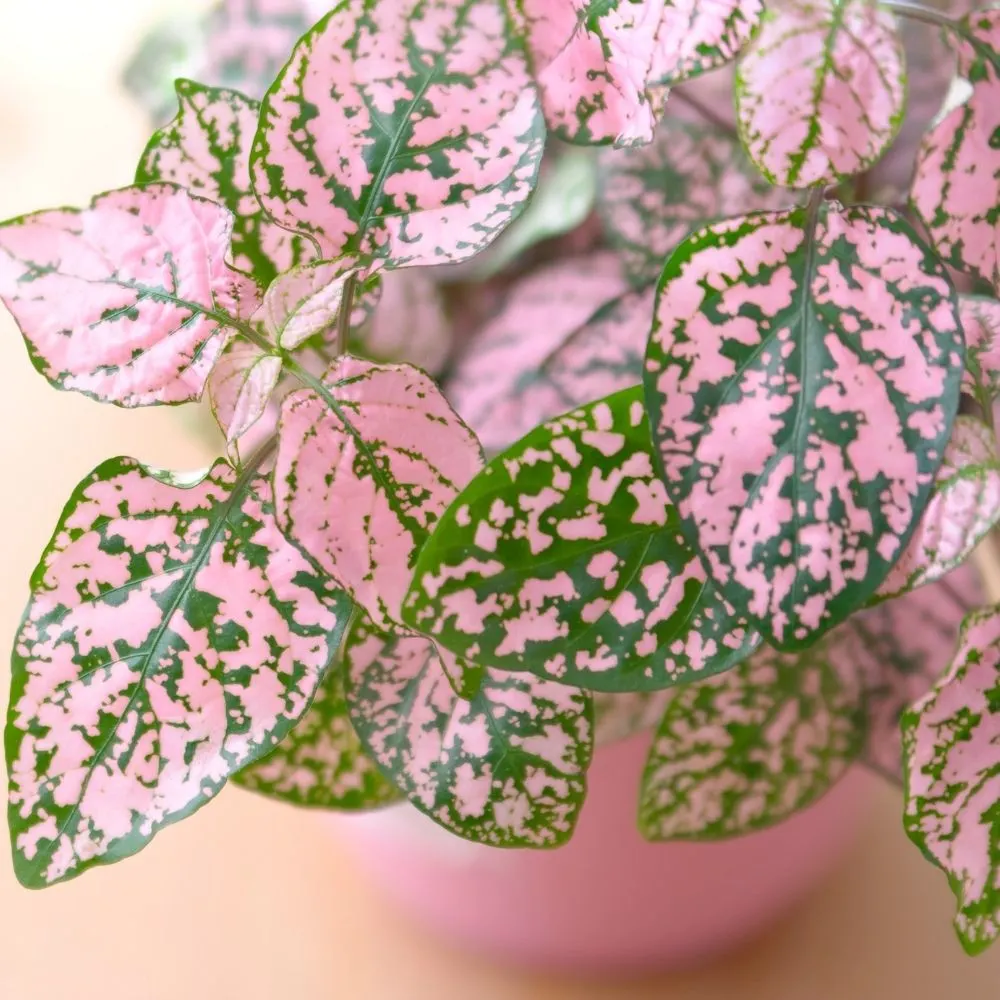
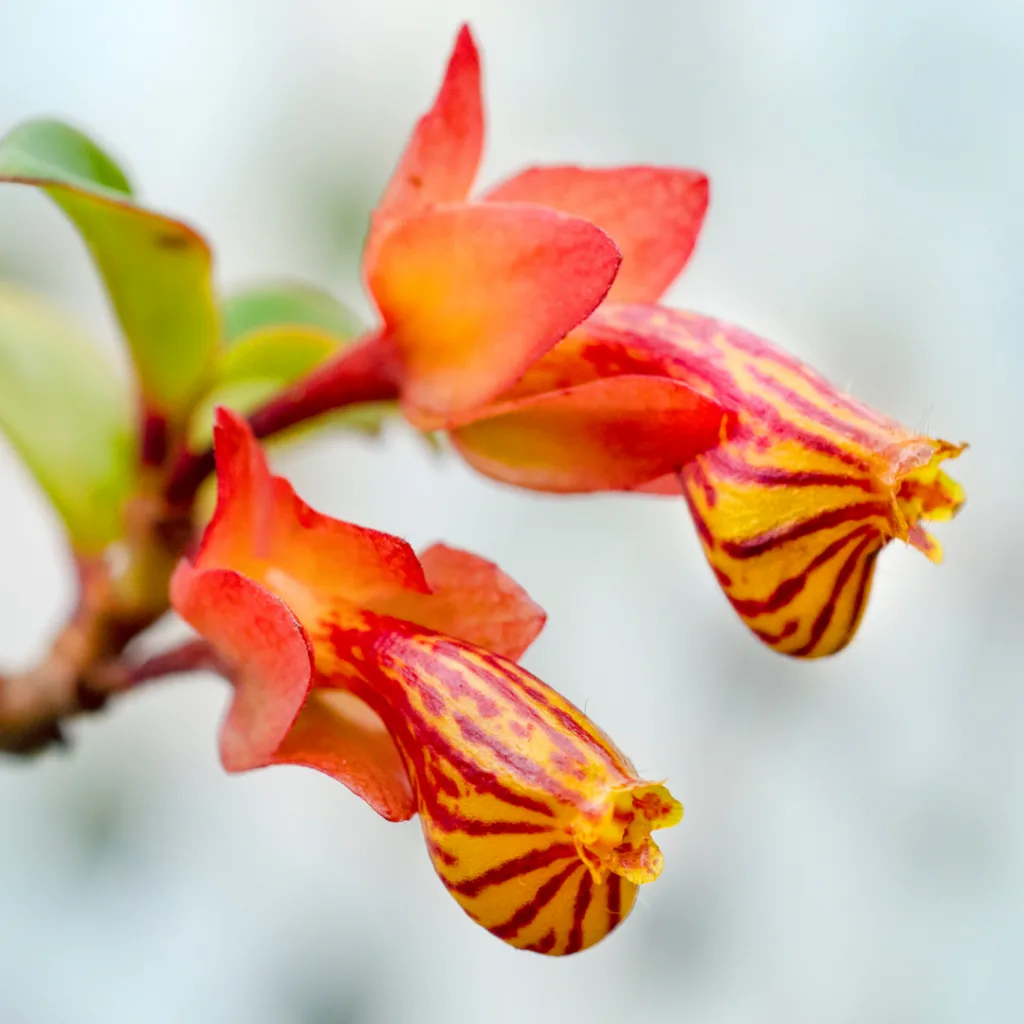
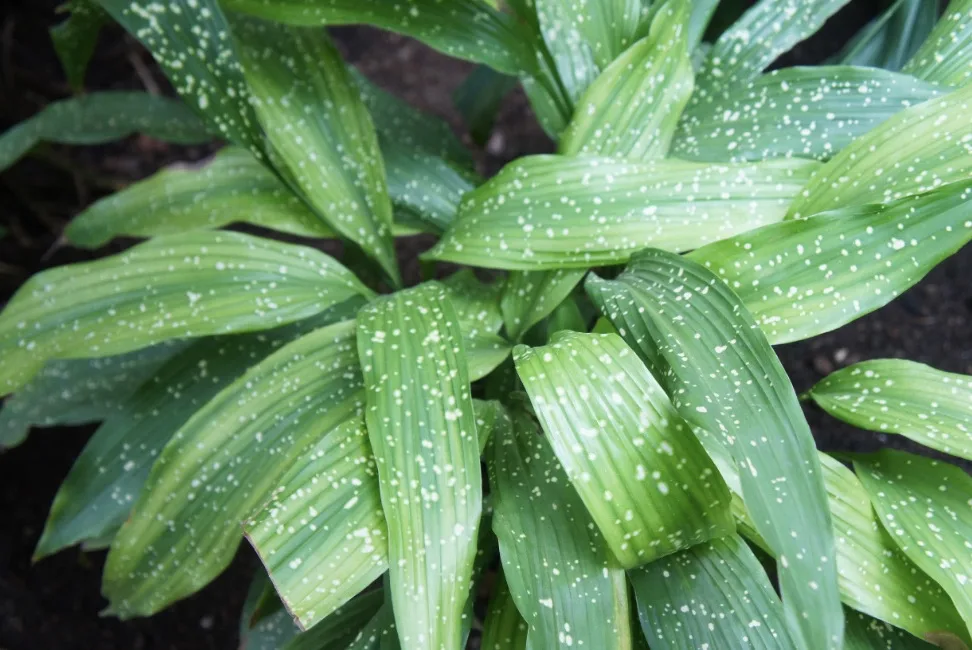
We have another Pilea post that outlines the basic care for over 1100 different varieties of Peperomia plants.
Follow Us:
Find us on YouTube, Instagram , Pinterest and TikTok! We love to Plant chat. We also comment, like and occasionally share your content to our daily stories. We’d love to see your plants. Share your joy in your houseplants. Happy Planting!
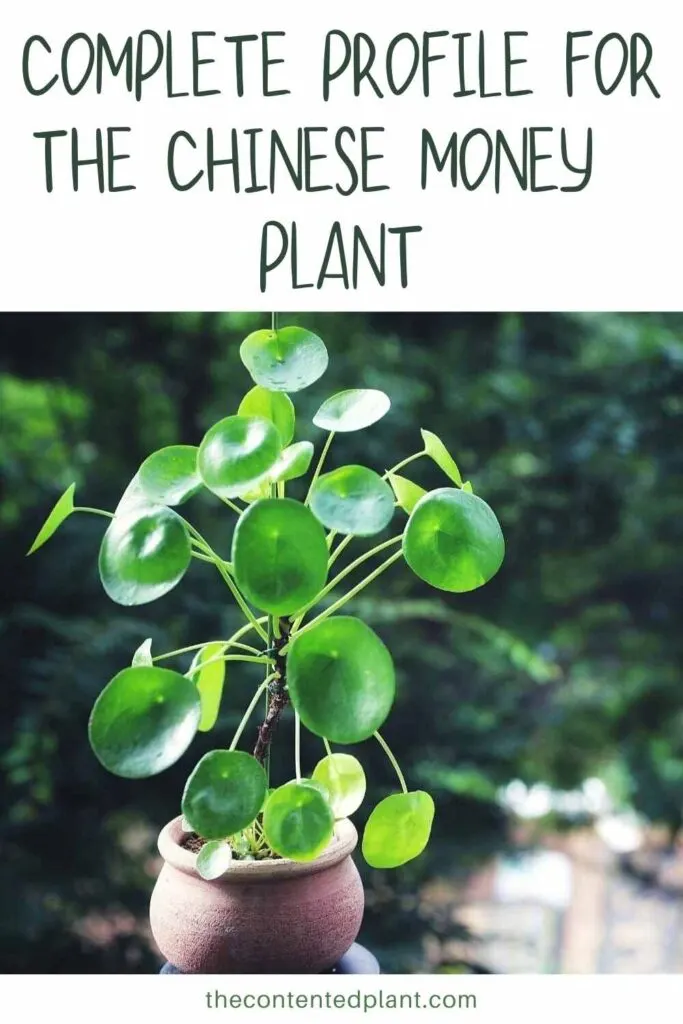

Peperomia Caperata Care Guide - The Contented Plant
Tuesday 15th of February 2022
[…] Chinese Money Plant […]